Picture this: millions of years ago, deep in the ancient forests of North America, a creature no bigger than a small dog was quietly munching on leaves and soft fruits. This tiny animal had five toes on each foot and looked nothing like the majestic horses we know today. Yet this humble forest dweller would eventually give rise to one of the most successful evolutionary stories on Earth. The journey from these early ancestors to the thundering hooves of modern racehorses represents one of nature’s most remarkable transformations, spanning over 55 million years of relentless adaptation and survival.
The Dawn Horse: Meet Eohippus
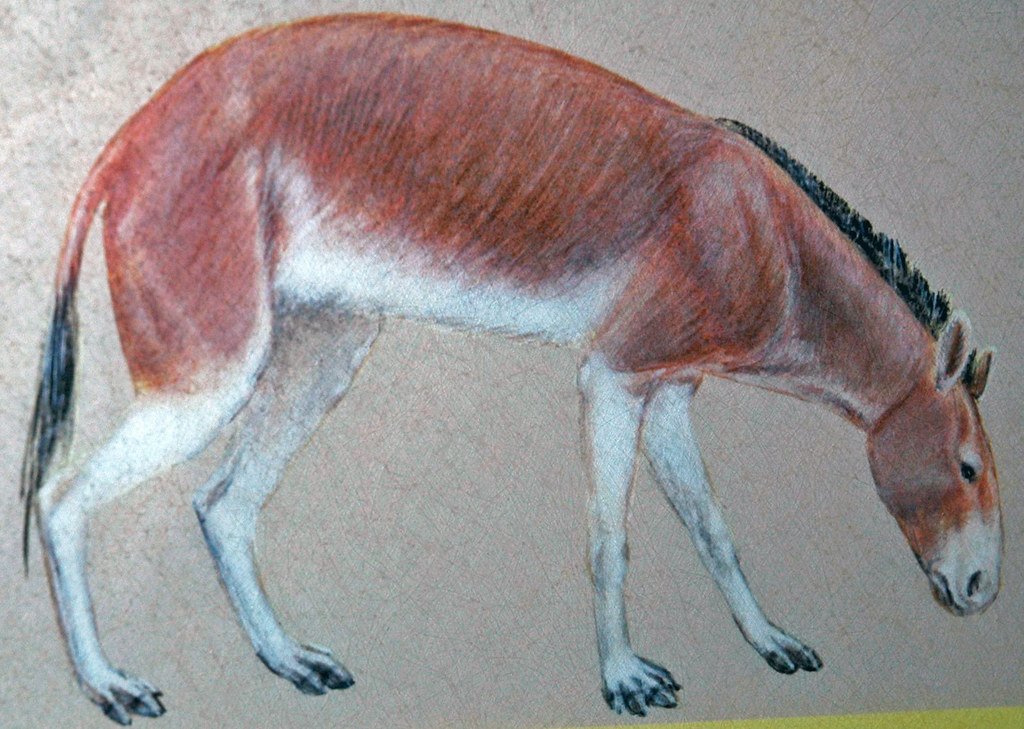
The story begins with Eohippus, often called the “dawn horse,” which lived approximately 55 million years ago during the Eocene epoch. This remarkable creature stood only about 12 inches tall at the shoulder and weighed roughly 12 pounds, making it smaller than most modern dogs. Its appearance was strikingly different from today’s horses, with a rounded back, short legs, and a long tail that resembled that of a modern fox.
What made Eohippus truly unique were its feet, which bore four functional toes on the front legs and three on the back, each equipped with small hooves rather than the single hoof we see today. These multiple toes were perfectly adapted for navigating the soft, marshy ground of ancient forests. The creature’s teeth were small and pointed, designed for browsing on tender leaves, fruits, and shoots rather than grinding tough grasses.
Ancient Forests and the Perfect Environment

The world of Eohippus was vastly different from today’s landscapes, dominated by lush, tropical forests that stretched across much of North America and Europe. These ancient woodlands provided the perfect environment for small, agile browsers who could dart between trees and navigate uneven terrain. The climate was warm and humid, supporting dense vegetation that offered abundant food sources for these early horse ancestors.
The forest floor was soft and often muddy, making the multi-toed feet of these early horses incredibly advantageous. Each toe could spread independently, providing better traction and preventing the animal from sinking into the marshy ground. This environment shaped every aspect of their evolution, from their size and diet to their social behaviors and survival strategies.
The Great Climate Shift
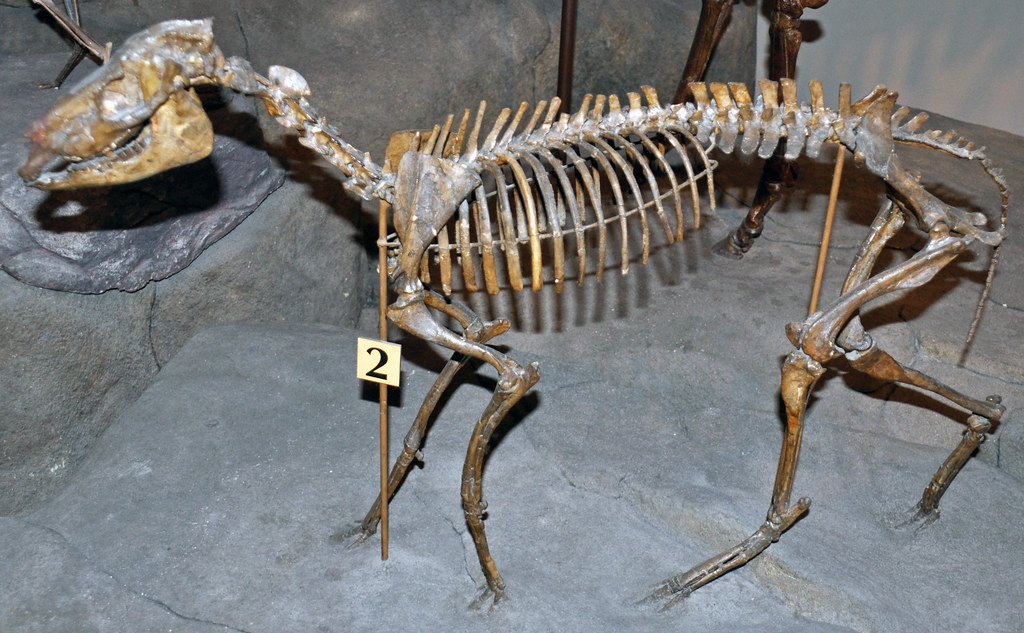
Around 34 million years ago, Earth experienced a dramatic climate change that would forever alter the course of horse evolution. The planet began cooling, and the lush forests that had dominated the landscape started giving way to more open woodlands and eventually grasslands. This shift, known as the Oligocene cooling, created entirely new ecological niches and survival challenges.
As forests retreated, early horses faced a critical evolutionary crossroads. Those that could adapt to the changing environment would thrive, while those that couldn’t would face extinction. The emergence of grasslands presented both opportunities and dangers, requiring faster locomotion to escape predators and different feeding strategies to process the tough, fibrous grasses that replaced tender forest vegetation.
Mesohippus: The Middle Ground

Mesohippus, which lived between 40 and 30 million years ago, represents a crucial transitional form in horse evolution. Standing about 24 inches tall and weighing approximately 75 pounds, this species showed clear adaptations to the changing environment. The most notable change was the reduction from four toes to three on all feet, with the middle toe becoming more prominent and bearing most of the animal’s weight.
This toe reduction wasn’t just about looks – it represented a fundamental shift in locomotion strategy. The larger middle toe provided better support for running on firmer ground, while the reduced side toes still offered some stability on uneven terrain. Mesohippus also developed longer legs relative to its body size, enabling faster speeds that would become increasingly important for survival in open habitats.
The Grassland Revolution
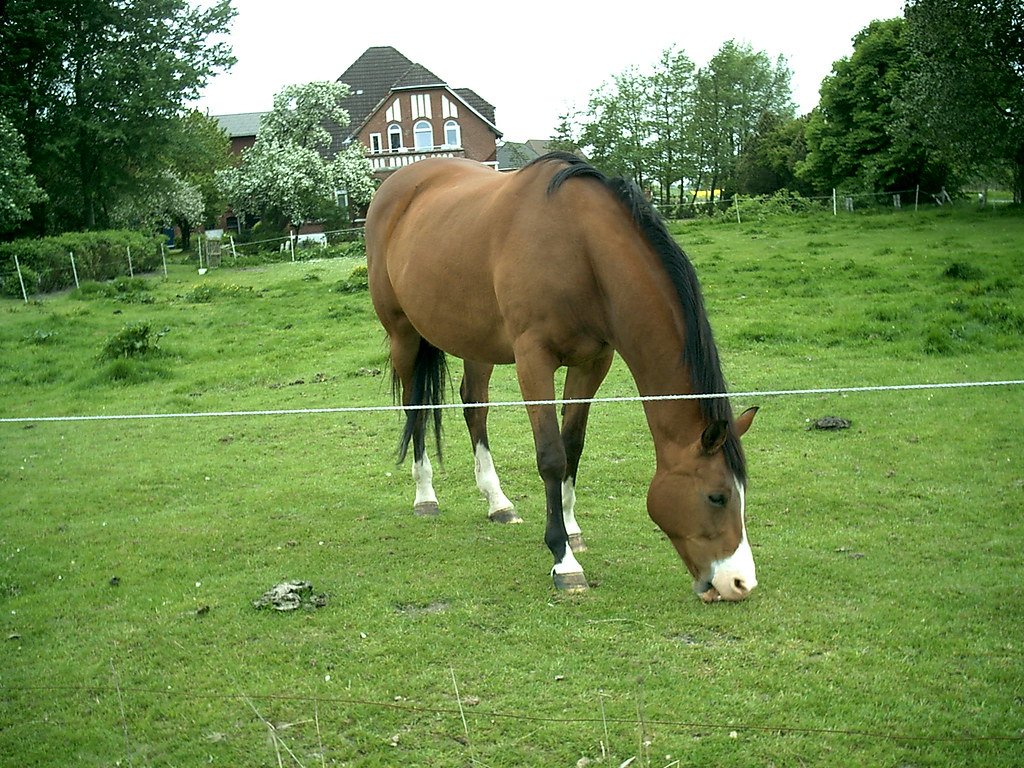
The expansion of grasslands during the Miocene epoch, roughly 23 to 5 million years ago, triggered one of the most significant evolutionary changes in horse history. These new ecosystems demanded entirely different survival strategies, favoring animals that could run fast across open terrain and efficiently process tough, silica-rich grasses. The grassland revolution wasn’t just about food – it was about reimagining what it meant to be a horse.
This environmental shift created intense selective pressure for larger size, longer legs, and more efficient digestive systems. Horses that could outrun predators on open plains had a significant survival advantage, while those with better teeth for grinding tough grasses could access more abundant food sources. The stage was set for the next major evolutionary leap.
Merychippus: The First True Grazer
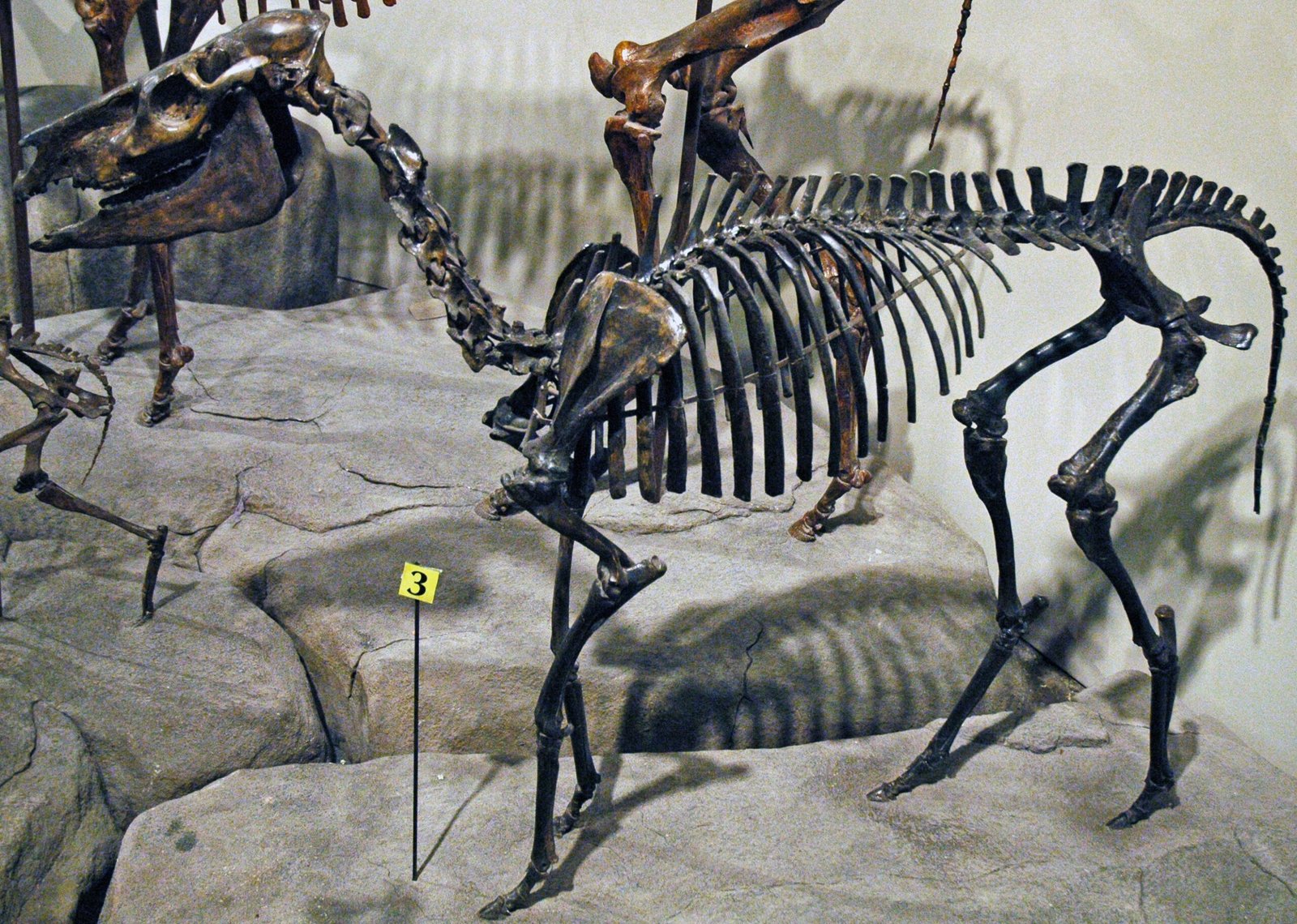
Merychippus, living approximately 17 to 11 million years ago, marked a revolutionary moment in horse evolution. This species was the first to develop high-crowned teeth with complex ridges, specifically adapted for grinding tough grasses. These dental innovations allowed horses to exploit the vast grasslands that were spreading across North America, opening up enormous new food resources.
Standing about 35 inches tall, Merychippus retained three toes but showed a clear trend toward single-toe locomotion. The side toes were becoming increasingly reduced and no longer touched the ground during normal walking. This represented a major shift from the forest-dwelling, multi-toed ancestors to the grassland-adapted forms that would eventually lead to modern horses.
The Single-Toe Revolution
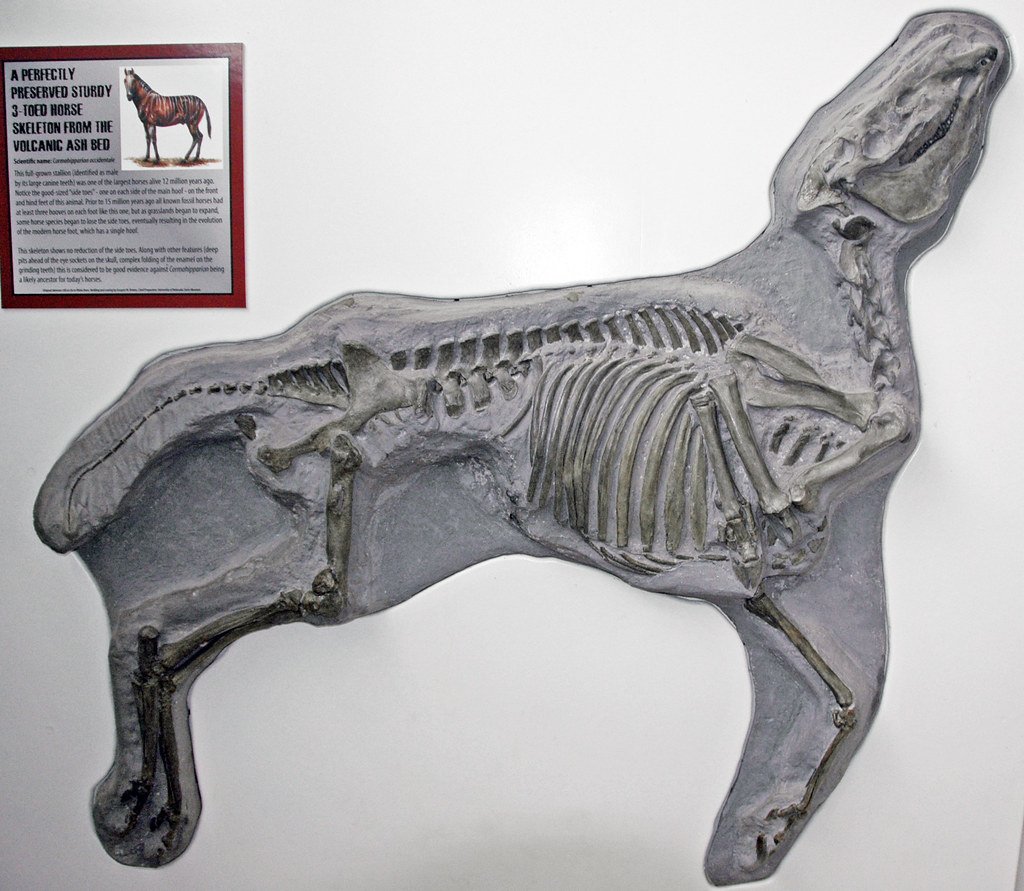
The evolution of the single toe represents one of the most dramatic transformations in mammalian history. This change wasn’t sudden but occurred gradually over millions of years, with each generation showing slightly more emphasis on the middle toe. The process involved not just the reduction of side toes but also the strengthening and enlargement of the central digit.
The single hoof provided several crucial advantages for life on grasslands. It offered better shock absorption during high-speed running, reduced energy expenditure by eliminating the need to lift multiple toes, and provided a more stable platform for sudden direction changes while fleeing predators. This evolutionary innovation would prove so successful that it became the defining characteristic of all modern horses.
Pliohippus: The Almost-Modern Horse
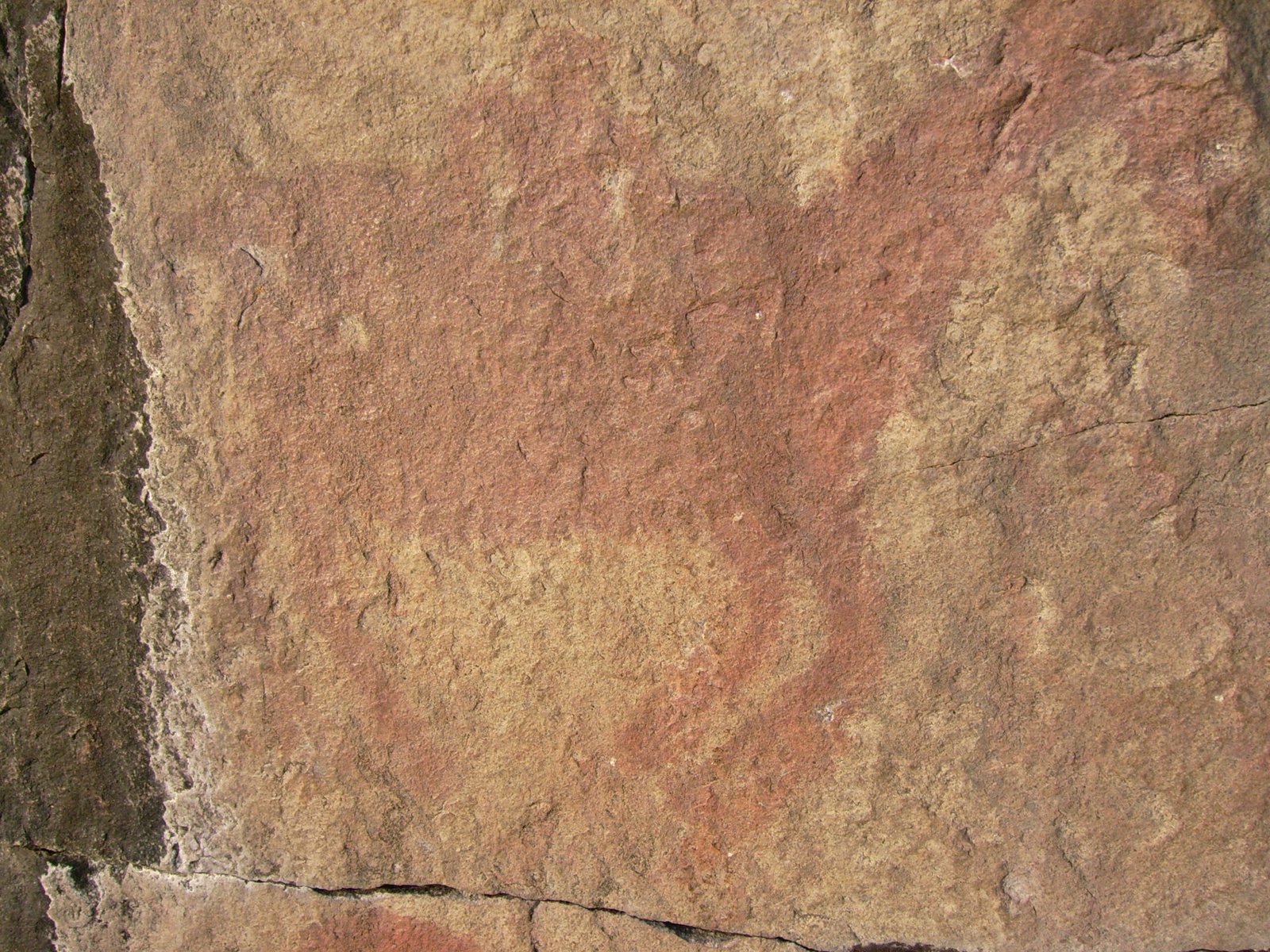
Pliohippus, which lived between 12 and 5 million years ago, represents the closest ancestor to modern horses. This species had fully functional single toes with only tiny remnants of the former side toes remaining as small splint bones. Standing about 50 inches tall, Pliohippus closely resembled modern horses in both appearance and behavior.
These ancient horses lived in large herds on the expanding grasslands of North America, developing the complex social behaviors we still see in wild horses today. They had fully adapted to a grazing lifestyle, with sophisticated teeth for processing tough grasses and long, powerful legs for outrunning predators across open terrain. The transformation from forest dweller to grassland specialist was nearly complete.
The Great Migration to Eurasia
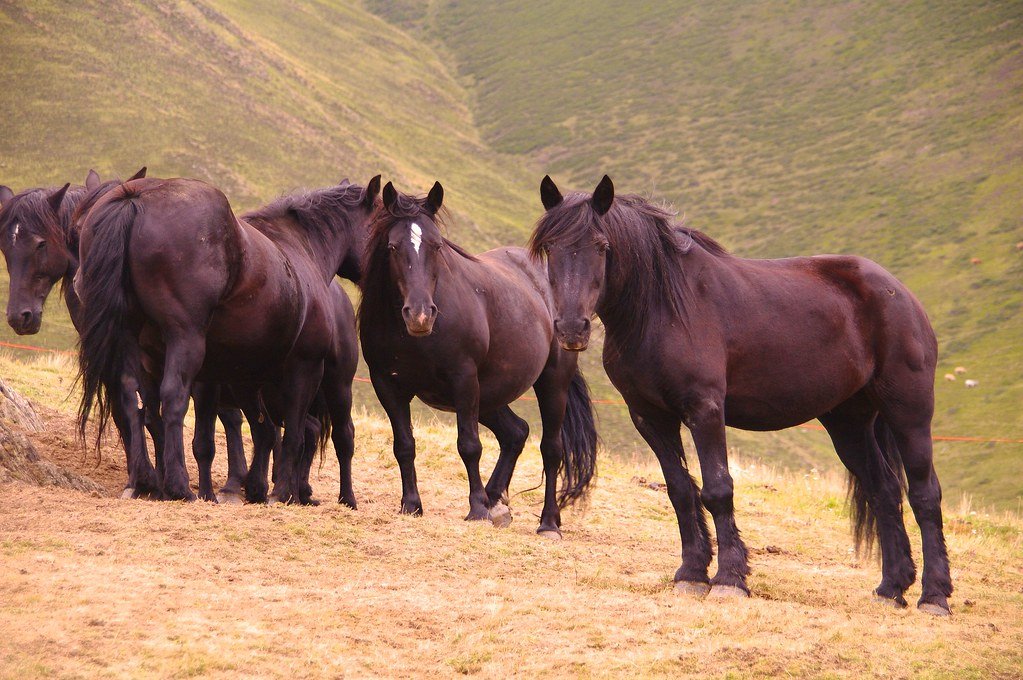
Around 4 million years ago, horses achieved one of their greatest evolutionary successes by migrating from North America to Eurasia via the Bering land bridge. This migration was crucial for the species’ survival, as it established horse populations on multiple continents just before a series of environmental changes would challenge their North American homeland.
The horses that crossed into Eurasia encountered new environments, predators, and competitors, driving further evolutionary adaptations. These populations would eventually give rise to the diverse array of wild horses, zebras, and donkeys that we see today. The migration also set the stage for the eventual domestication of horses, which would transform human civilization.
The Mysterious North American Extinction

One of the most puzzling chapters in horse evolution is the complete extinction of horses in North America around 10,000 years ago. After thriving on their native continent for over 50 million years, horses vanished from the Americas just as human populations were expanding. The exact cause remains debated, but climate change, overhunting by humans, and disease likely all played roles.
This extinction was particularly tragic because it occurred in the horses’ birthplace, where they had achieved their greatest evolutionary success. The loss was so complete that when Spanish conquistadors brought horses back to the Americas in the 16th century, Native Americans had no cultural memory of these animals. The continent that had given birth to horses was meeting them again as strangers.
Equus: The Modern Horse Emerges
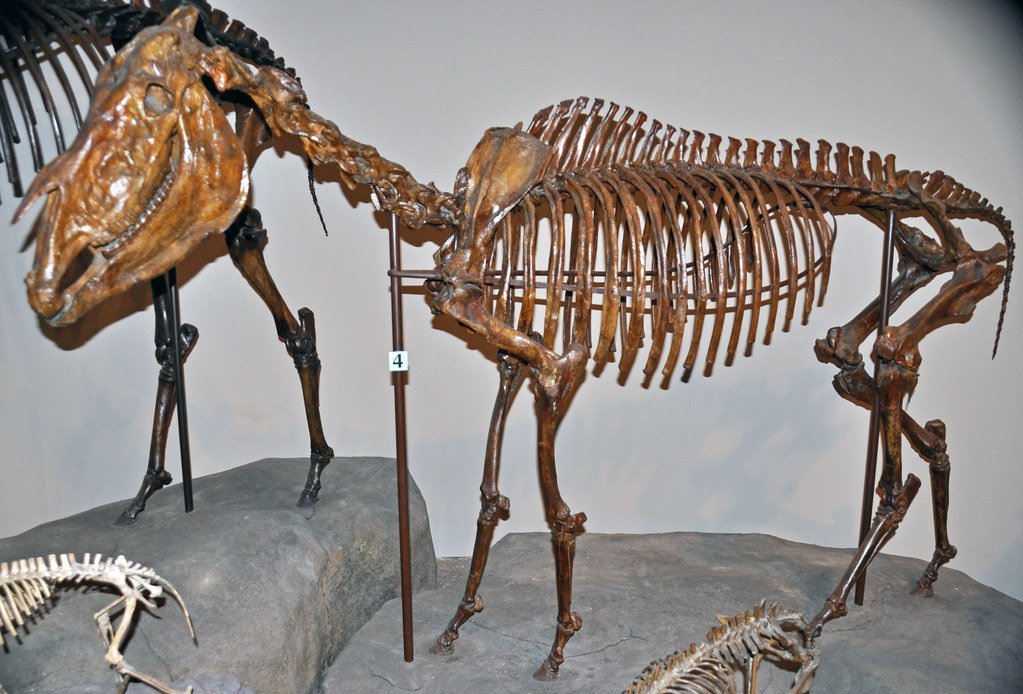
The genus Equus, which includes all modern horses, zebras, and donkeys, emerged approximately 4.5 million years ago. These animals represented the culmination of millions of years of evolutionary refinement, perfectly adapted for life as large, fast-moving grazers. The basic body plan established by early Equus species has remained remarkably stable, testament to how well-suited it is for the grassland lifestyle.
Modern horses retain the essential features that made their ancestors successful: powerful legs for running, efficient digestive systems for processing grasses, and complex social behaviors for group living. The physical transformation from tiny forest dweller to magnificent grassland runner was complete, but the story of horse evolution was far from over.
The Dawn of Domestication

Around 6,000 years ago, humans achieved one of the most consequential partnerships in history by domesticating horses on the steppes of Central Asia. This relationship would revolutionize human civilization, transforming warfare, transportation, agriculture, and communication. The domestication of horses represents a new chapter in their evolutionary story, one guided by human selection rather than natural forces.
Early domesticated horses were likely smaller and more robust than many modern breeds, reflecting their origins among the hardy steppe horses of ancient Eurasia. These early partnerships were mutually beneficial – horses gained protection and reliable food sources, while humans gained mobility and power that would reshape the world. The relationship marked the beginning of artificial selection that would create the incredible diversity of horse breeds we see today.
Artificial Selection and Breed Development
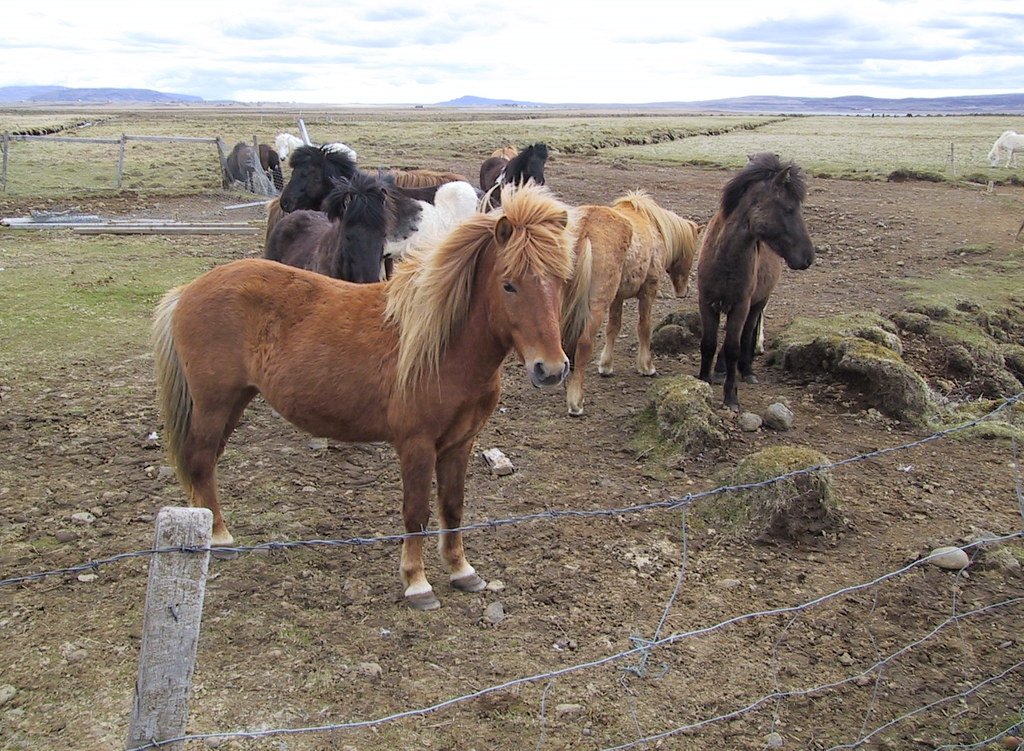
Human-guided evolution has created an astonishing array of horse breeds, each specialized for different purposes and environments. From the massive Clydesdale draft horses to the tiny Falabella miniatures, selective breeding has produced variations that dwarf the natural diversity seen in wild horse populations. This artificial selection has occurred in just a few thousand years, demonstrating evolution’s incredible power when guided by specific goals.
The development of racing breeds like the Thoroughbred represents perhaps the most intensive selective breeding program in history. These horses can reach speeds of up to 45 miles per hour, with bodies so specialized for speed that they represent the pinnacle of evolutionary optimization for rapid locomotion. Every aspect of their anatomy, from heart size to muscle fiber composition, has been refined through generations of careful breeding.
The Thoroughbred Revolution
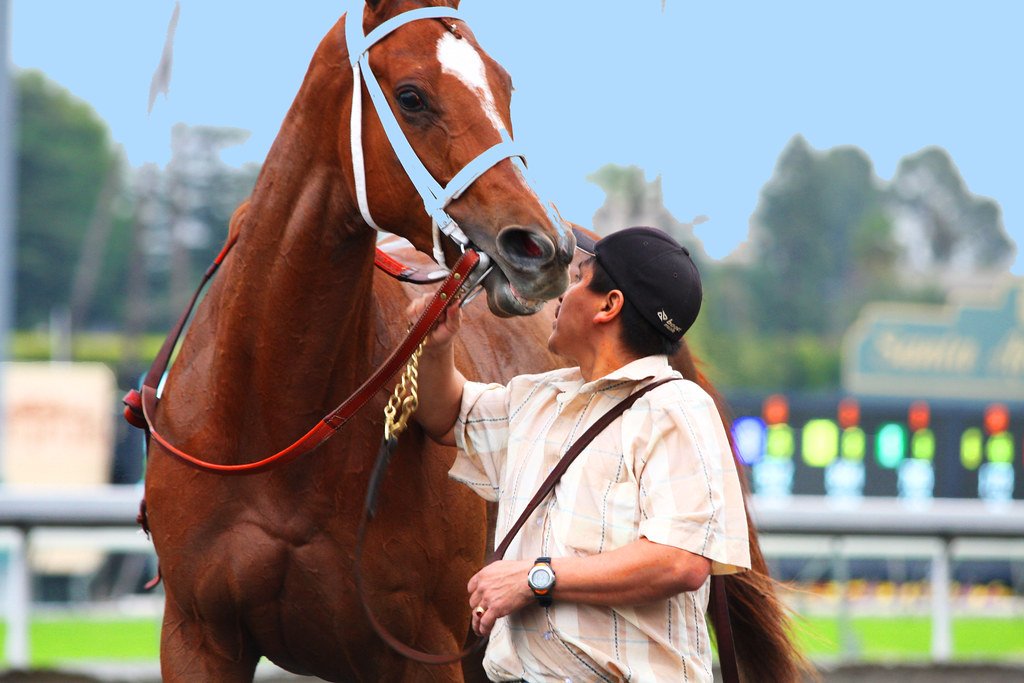
The creation of the Thoroughbred breed in 17th and 18th century England represents one of the most successful examples of directed evolution in animal history. All modern Thoroughbreds trace their lineage back to three foundation stallions: the Byerly Turk, the Darley Arabian, and the Godolphin Arabian. This carefully managed breeding program created horses of unprecedented speed and stamina.
Modern Thoroughbreds are living examples of evolution in action, with bodies so specialized for racing that they can sustain speeds that would have been impossible for their wild ancestors. Their hearts can weigh up to 10 pounds, their stride can exceed 25 feet, and their metabolisms can process oxygen at rates that rival elite human athletes. The transformation from wild grassland grazer to racing machine showcases evolution’s remarkable adaptability.
Wild Horses: Living Links to the Past

Today’s wild horses provide crucial insights into what their ancestors might have been like before human intervention. Populations like the Przewalski’s horses of Mongolia and the mustangs of the American West retain many primitive characteristics and behaviors that have been bred out of domestic horses. These animals live in complex social groups, migrate seasonally, and maintain the vigilance and hardiness that ensured their ancestors’ survival.
Studying wild horses reveals the sophisticated social structures and survival strategies that evolution has perfected over millions of years. Their ability to read environmental cues, navigate vast territories, and maintain group cohesion demonstrates the intelligence and adaptability that made the horse lineage so successful. These wild populations serve as living laboratories for understanding horse evolution and behavior.
Modern Conservation Efforts

The story of horse evolution has come full circle as humans now work to preserve the wild horses that remain. Conservation efforts for species like the Przewalski’s horse have prevented extinction and maintained genetic diversity that could be crucial for future horse populations. These programs recognize that wild horses aren’t just historical curiosities but living repositories of evolutionary wisdom.
Modern genetic techniques allow scientists to study horse evolution in unprecedented detail, revealing the complex relationships between different horse populations and the genetic changes that drove their transformation. This research not only helps us understand the past but also guides conservation efforts and breeding programs that ensure horses continue to thrive in the future.
The Genetic Legacy

DNA analysis has revolutionized our understanding of horse evolution, revealing surprising connections and clarifying long-standing mysteries. Genetic studies have shown that all domestic horses share common ancestors and that the genetic diversity within horse populations reflects their evolutionary history. These molecular insights complement the fossil record, providing a complete picture of how horses transformed over millions of years.
The horse genome project has identified specific genes responsible for traits like speed, endurance, and coat color, showing how evolution has fine-tuned these animals for different environments and purposes. This genetic knowledge is now being used to guide breeding programs, treat diseases, and even help restore wild horse populations. The evolutionary story written in horse DNA continues to unfold, revealing new chapters in their remarkable history.
Future Evolutionary Challenges
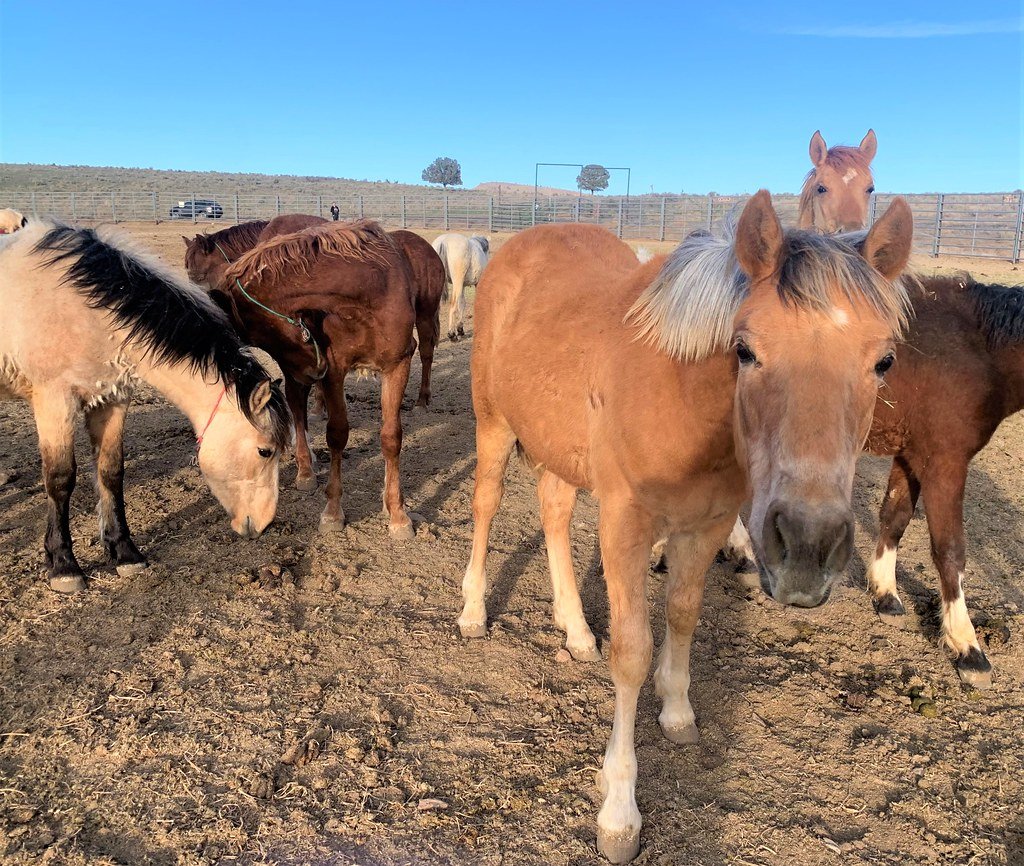
As we look to the future, horses face new evolutionary pressures that their ancestors never encountered. Climate change, habitat loss, and human development are creating challenges that will test the adaptability that has served horses so well throughout their evolutionary history. Wild horse populations are particularly vulnerable, as they have limited space to migrate and adapt to changing conditions.
The relationship between horses and humans continues to evolve, with new roles emerging for these remarkable animals. From therapy horses that help heal human trauma to horses used in scientific research, the partnership that began thousands of years ago is finding new expressions. The future of horse evolution may depend as much on human decisions as on natural selection, making conservation and responsible breeding more important than ever.
Conclusion

The evolution of horses from tiny, five-toed forest dwellers to the magnificent racing icons of today represents one of nature’s most extraordinary success stories. Over 55 million years, these animals have demonstrated remarkable adaptability, surviving massive climate changes, continental migrations, and the rise of human civilization. Their transformation from Eohippus to Equus showcases evolution’s incredible power to reshape life in response to changing environments.
The story of horse evolution is far from over. As we face an uncertain future marked by rapid environmental change, horses continue to adapt and find new roles in human society. Their evolutionary journey reminds us that life’s greatest achievements often come from the ability to change, adapt, and find new ways to thrive in an ever-changing world.
The next time you see a horse galloping across a field or thundering down a racetrack, remember the incredible journey that brought them to this moment. From those first tentative steps in ancient forests to the powerful strides of modern champions, horses have written one of evolution’s most inspiring stories. What new chapters await in the continuing saga of these remarkable creatures?




